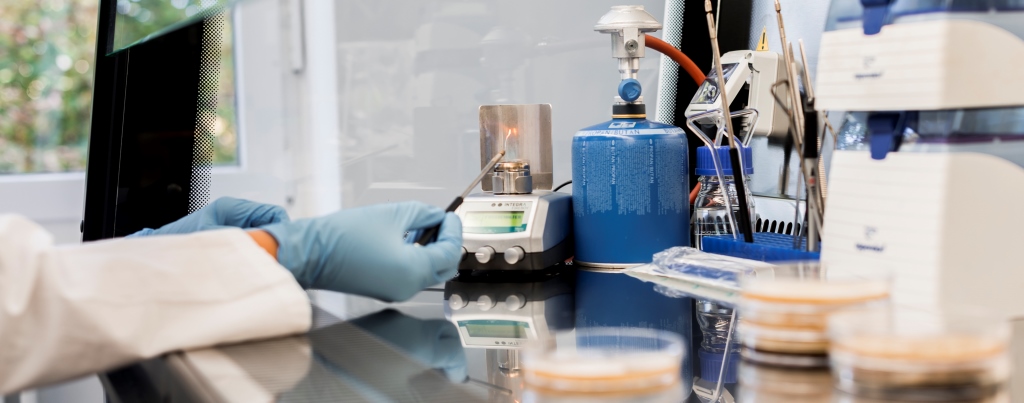For the determination of molds on natural leather and semi-finished leather products FILK provides a comprising genetic database and many years of experience.
The infestation of natural materials by microorganisms during the production process, during transport, storage, and ultimately at the final product while in use, can not only lead to degradation, material destruction and thus to economic damage, but also to health hazards. The microbiological laboratory is responsible for the microbiological analysis of production processes, the search for alternative preservative combinations with low a toxic potential to humans and the evironment and the development of new conservation strategies.
Norms / Standards
Determination of vulnerability to mold (mold resistance):
- PV 3970 (component of the TL52064 VW): Determination of the potential for mold growth on leather
- TEGEWA / ASTM D 4576: method for mold resistance testing on wet-blue and wet-white
- DIN EN 14119: Testing of textiles - Determination of the impact of microscopic fungi (microfungi)
- D7584 - 10: Determination of vulnerability of wet-blue to mold in the "Tropical Chamber”
Methods of Mold Determination
- Direct microscopy for the detection of mold on surfaces
- Determination of mold type (diagnostic by cultivation on universal and special media, microscopy and sequencing)




